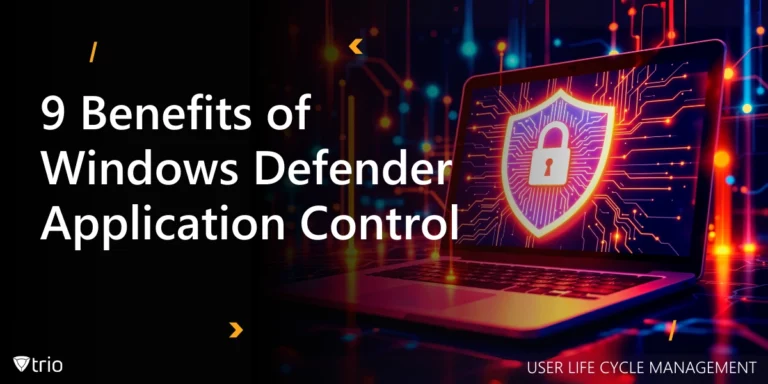As cyber threats continue to evolve, the necessity for robust IT security training within organizations has never been more critical. A recent survey highlighted a concerning statistic: 26% of organizations lack any form of IT security training for their employees. Despite 79% of organizations believing their training programs to be moderately effective, the reality is that only 8% offer adaptive training that evolves with emerging threats.
This gap in training effectiveness is particularly alarming given the rise of sophisticated, AI-driven cyberattacks. Cybersecurity experts emphasize that outdated training programs, acknowledged by 45% of IT decision-makers, fail to adequately prepare employees for current threat landscapes. The consequences of inadequate training are stark, with employees being more susceptible to phishing, malware, and other cyber threats that can lead to significant data breaches and financial losses.
What Should Organizations Do?
Organizations need to adopt a more dynamic approach to IT security training. This includes integrating continuous learning and real-time threat updates into their programs. Adaptive training methodologies, which evolve with new threats, can significantly enhance an organization’s resilience against cyberattacks. Additionally, engaging training modules that incorporate simulations and practical exercises can improve retention and application of security best practices. Organizations can train employees in IT security by:
- Regular Training Sessions: Conducting mandatory security awareness training for all employees.
- Simulations and Drills: Using phishing simulations and other practical exercises to test and improve employee responses to security threats.
- Online Courses: Providing access to online security courses and certifications.
- Workshops and Seminars: Hosting workshops and seminars with cybersecurity experts.
- Security Newsletters: Sending regular newsletters with updates on the latest security threats and best practices.
- Interactive Modules: Offering interactive training modules that cover various aspects of IT security.
- Incident Response Training: Training employees on how to report and respond to security incidents.
Important Criteria for Creating an IT Security Policy
When creating an IT security policy, organizations should consider the following criteria:
See Trio in Action: Get Your Free Trial Now!
- Comprehensive Scope: The policy should cover all aspects of IT security, including data protection, network security, and user responsibilities.
- Clear Definitions: Define key terms such as encryption, firewalls, and incident response to avoid ambiguity.
- Data Protection Measures: Detail encryption protocols, backup procedures, and access controls.
- Network Security: Implement firewalls, intrusion detection systems, and antivirus software.
- User Responsibilities: Emphasize the importance of password management, recognizing phishing attempts, and regular training.
- Incident Response: Outline steps for responding to security breaches, including notification and post-incident analysis.
- Compliance: Ensure adherence to relevant legal and regulatory requirements, such as GDPR and HIPAA.
- Review and Update: Specify regular review cycles to keep the policy current and effective.
Conclusion
Investing in comprehensive IT security training is not just about compliance; it is about building a culture of security awareness and preparedness. By doing so, organizations can better safeguard their data, maintain trust with their clients, and ensure long-term operational stability. The recent findings serve as a wake-up call for organizations to reevaluate and enhance their IT security training strategies to keep pace with the ever-changing cyber threat landscape.




